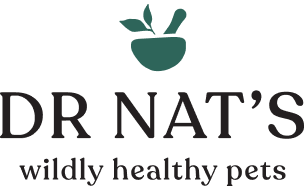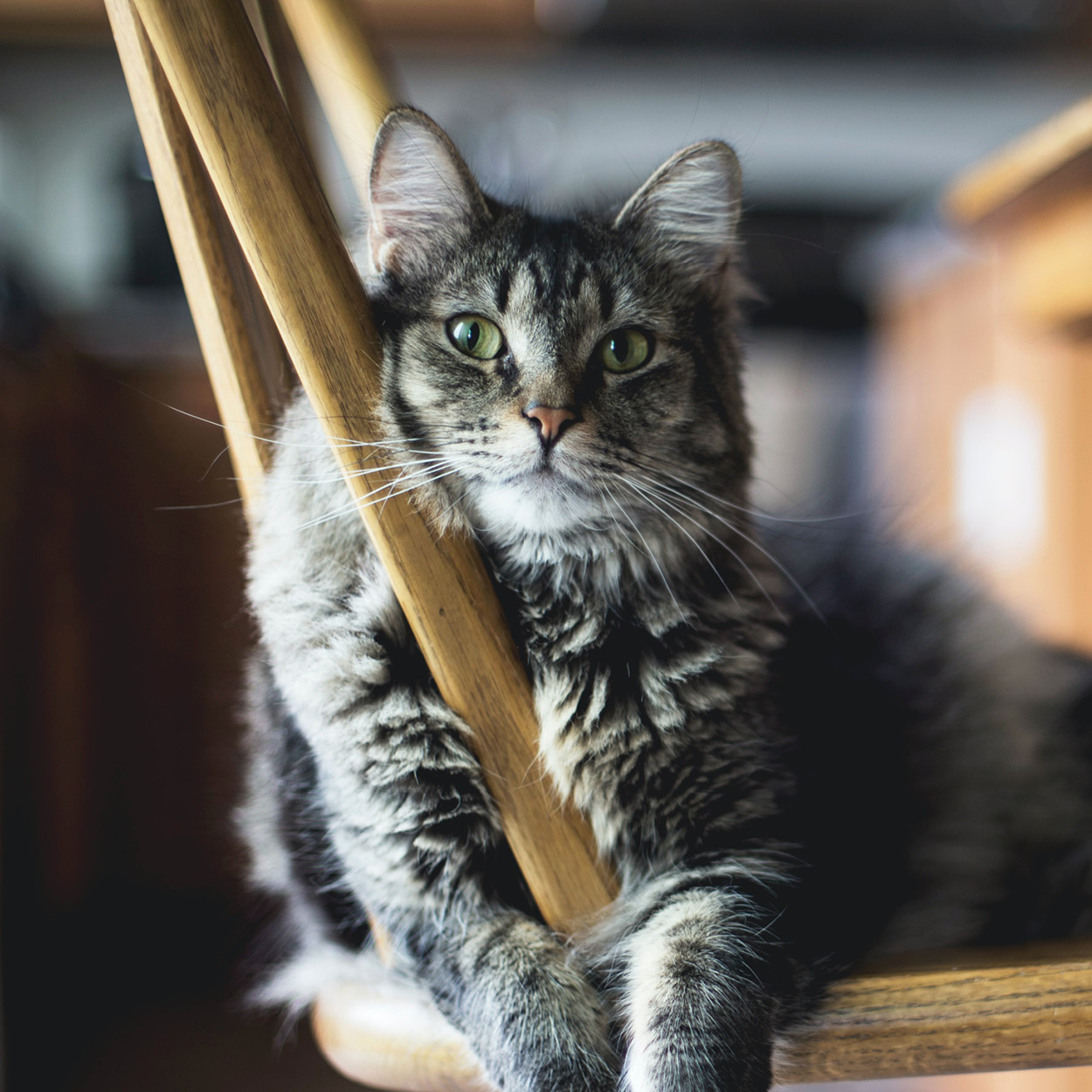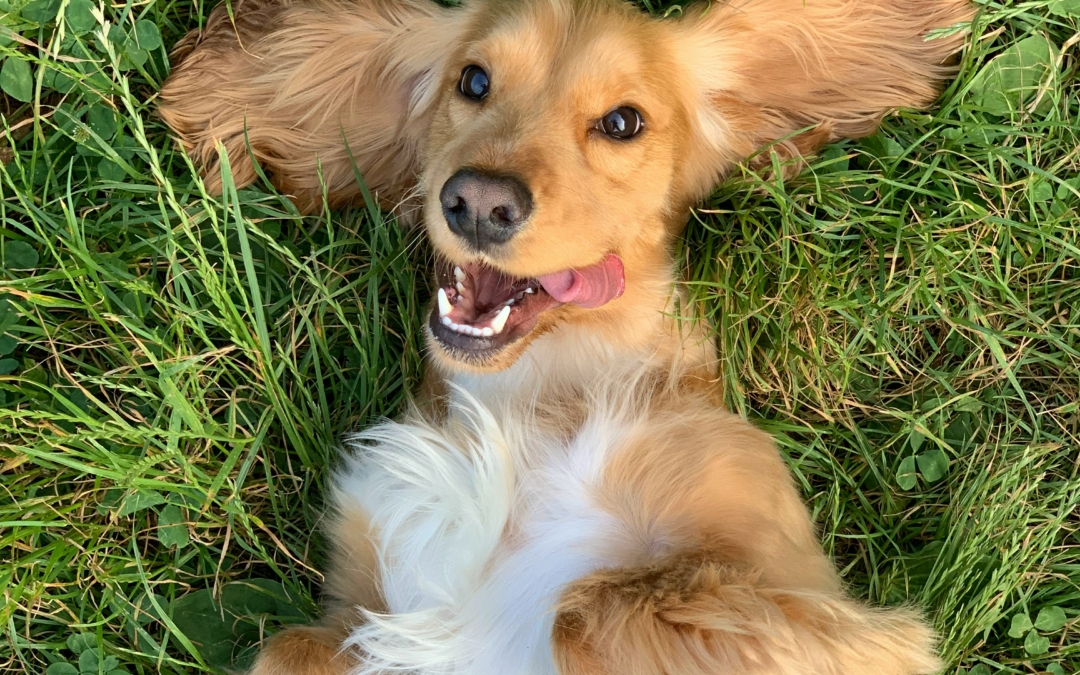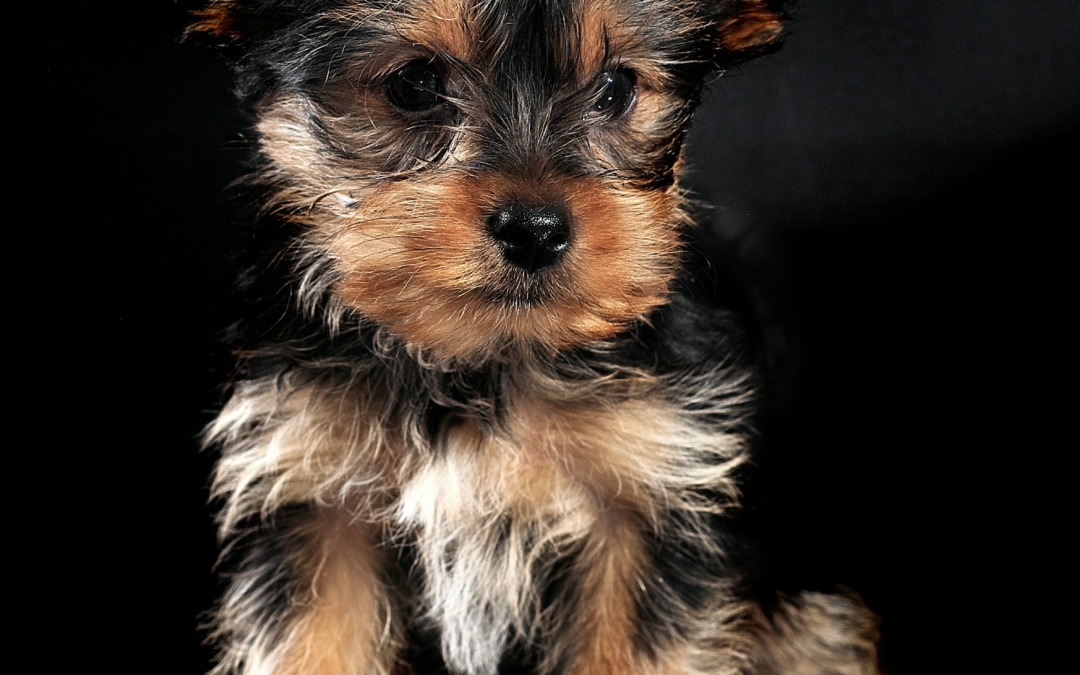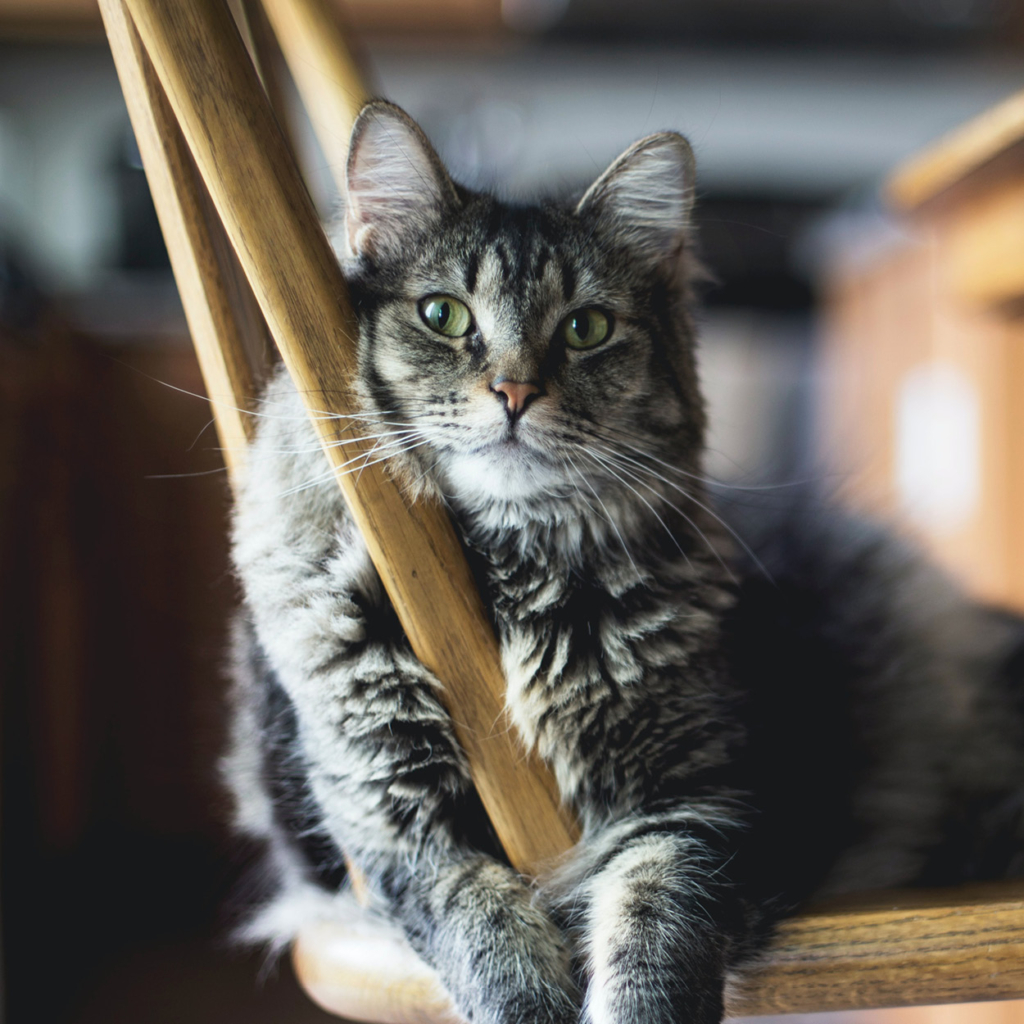
and ensure they are as healthy as they can be.
Nutrition is the most important step to get right for your pet’s health. Herbivores such as cows eat grass and carnivores such as tigers eat freshly caught meat. So why would a little house carnivore such as a cat eat dried-up kibble, predominantly containing carbohydrates? This is not a species-appropriate diet and leads to all kinds of long-term health conditions.1 The most obvious of these are kidney disease, obesity, and diabetes. It is estimated that over half of domesticated cats over 10 years old suffer from chronic kidney disease. 2
Cats are obligate carnivores.3 This means they have evolved to eat mostly meat and animal products. In fact around 95% of their diet should be made up of animal products (meat, bone, and offal). The rest is little gut content from their prey. They also need to chew bones to help keep their teeth clean.
Why then does most dry kibble for cats contain massive amounts of carbohydrates, some up to 70%? Well… the main reason is it’s cheap. Cats might survive (barely) but they certainly do not thrive on processed food. These cheap fillers cause a lot of long-term health problems for cats.4 They are highly inflammatory, especially after being processed at high temperatures, and cause cats to easily put on too much weight. Approximately 60% of pet cats are considered overweight or obese!5 Obesity and the inability to process a high carbohydrate load leads to diabetes. The good thing is cats with diabetes can easily go into remission once on a raw food diet. As cats are desert creatures and not programmed to drink a lot, dry kibble chronically dehydrates them. This can lead to kidney failure in old age. Thus it’s also really important for cats’ diets to contain adequate water content.5 As is well recognised in human medicine, a highly processed and highly inflammatory diet is also linked to many other diseases for cats; from gastrointestinal issues and skin issues to more deep-seated problems such as auto-immune and cancer.
Feeding a raw diet to your cat is easy. Especially if you buy one of the freshly prepared ones available on the market. My favourite is the Complete Pet Food Company’s “Complete Meal” patties (local to Brisbane) and Raw4paws (local to the Sunshine Coast). Another good one is organic paws. There are so many options these days. Changing them over to a raw diet however, may not be quite as easy.
How to change your cat’s diet
Kittens no doubt are going to be a lot easier to change over than older cats.
Step 1. Ideally, when changing cats to a raw diet you would fast them with bone broth diluted with 50% water for 12 hours. Aka substitute one meal with bone broth. See my post on bone broth for more info and how to make your own.
Step 2. Feed a home-cooked minimally processed diet or air-dried or freeze-dried food for 1 – 2 weeks (eg Ziwi Peak, prime 100, providore, meow). Offer this at meal times only. Strictly no all-day buffet. If you put the prey in the bowl the cat will eat it.
Step 3. Repeat the bone broth fast
Step 4. Introduce raw food. This can be mixed in with the cooked/air dried/freeze dried food if needed.
*Make sure to include digestive support throughout this process esp in more sensitive patients with sensitive tummies. I recommend using Dr Nat’s Restore Digestive Tonic and Dr Nat’s Nourish Pet Tea to help with the transition for at least 2 – 4 weeks.
The reality is however… that cats are very fussy. Particularly older ones.
So if your cat isn’t likely to just eat a new food you have presented to them, you will need to disguise it a little better.
Behold The 10% rule
Aka; add 10% of the new food to 90% of the previous food. Then slowly every few days increase the new food and reduce the old food over 2 weeks or longer. Cats don’t like change. This gives them more time to adjust. Hot tip – don’t feed cold or frozen food. Let it come to room temperature or warm it slightly first.
How to balance your cat’s diet
Cats are obligate carnivores. They require a whole bunny or mouse! Yes, you can get whole small birds such as quails and baby chicks, or ‘frozen feeders’ such as mice. The important thing is to feed all the parts of the animal. Thus you need to include bone, offal, and muscle meat as well as a small amount of greens which would represent the gut contents. Be aware that 95% Chicken does not mean 95% chicken meat. This could be mostly ground chicken necks or carcasses and contain a high percentage of fat and bone.
Diet Composition
Fatty muscle meat 75% (containing 20%-40% fat
Liver and other offal 10% (heart is a muscle meat. Care not to feed more than an average of 10% liver)
Bone 10%
Pureed greens 5% – try blending broccoli, parsley, spinach, or other greens into a pesto and freeze into ice cubes for convenience. You can add some super greens powder to this mix.
Other things to include; sardines (fresh/frozen or canned in spring water), raw egg, apple cider vinegar, or small amounts of other fermented foods (check out Dr Nat’s Defend Immunity Tonic), fish oil.
How much to feed
Adult cats need around 3 – 4% of their body weight per day.7 So a 5kg cat needs around 150g – 175g of raw food total per day. Kittens need around 6 – 8% of their body weight per day. Thus a 1.5kg kitten needs 90 – 120g of raw food per day. Adult cats should be fed a fresh meal twice daily and kittens 3 – 4 times daily until 6 months of age.
Bones
Firstly it is important to build jaw strength by feeding chunks of meat. Once cats are used to eating raw for a few weeks and have been chewing chunks of meat then it is time to introduce bones. Raw chicken wing tips and chicken necks are great bones for cats. Cats generally are very good chewers, especially if introduced from a young age. If they are not used to eating bones make sure you supervise them until they get good at it. Never feed cooked bones.
If you have further questions or require more support I offer a “quick email question” and phone “consult” options here.
